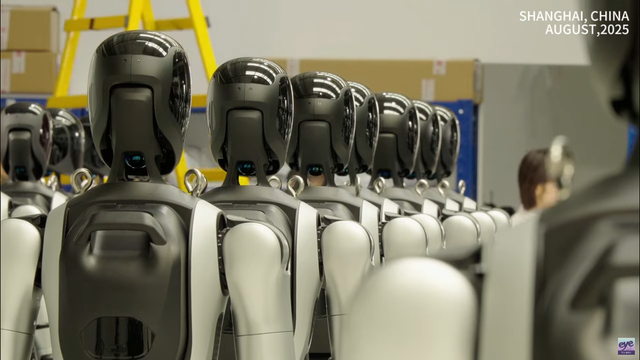Agibot reaches 1000 operational and productive robots.
Agibot reaches 1000 operational and productive robots.

Meeting the goal in your production.
The stated goal is clear.
Follow my publications with the latest in artificial intelligence, robotics and technology.
If you like to read about science, health and how to improve your life with science, I invite you to go to the previous publications.
You want to win, play HARRY-RAID
If you like to read about science, health and how to improve your life with science, I invite you to go to the previous publications.
You want to win, play HARRY-RAID